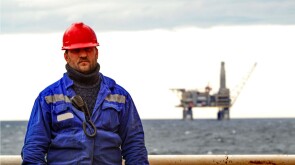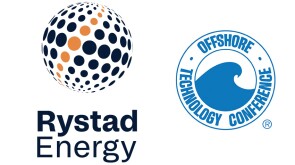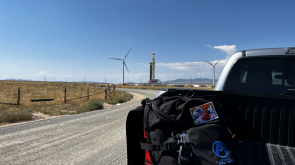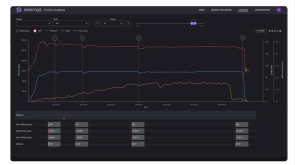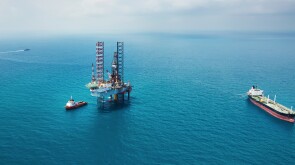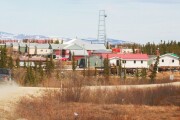Trending Content
Power Up With JPT Newsletters
JPT Newsletter (Weekly).
All the top stories, trends, and tech.
JPT Unconventional Insights (Monthly).
Fresh takes on shale and tight oil.
Sale 262 will be the first new auction covering leases in US Gulf federal waters in 2 years.
North Sea tieback to the Troll C platform could begin production by the end of 2029.
The contractor will deliver a similar carbon dioxide injection system to the one it completed for phase one in 2023.
-
Less than 3 months after going onstream, the Barents Sea project, the northernmost production offshore Norway, is producing 220,000 B/D.
-
The supermajor follows other oil companies including ExxonMobil, Equinor, and Occidental Petroleum in the hunt to bolster US supplies of lithium.
-
While militant attacks halted construction at Mozambique’s onshore megaprojects, Eni began LNG exports using a floating production strategy, which now serves as the foundation for its ongoing development.
-
The Ohio River Valley Institute finds operator indifference, regulatory noncompliance as chief factors in state's growing number of deserted wells.
Get JPT articles in your LinkedIn feed and stay current with oil and gas news and technology.
Voices From the Industry
-
Data mining techniques are unlocking new insights from the performance of thousands of Bakken wells. This article explores how those insights are helping refine completion optimization.
-
New strides in computer vision, well controls indicators, and BOP alignment were showcased at the recent Offshore Technology Conference.
-
Once labeled “undrillable,” Brazil’s heavy-oil Atlanta field in the Santos Basin faced technical, financial, and logistical challenges. But through a phased approach, clever reuse of assets, and disciplined project execution, Brava Energia transformed a risky deepwater asset into a producing field with 172 million BOE in 2P reserves.
-
In the wake of the falling number of exploratory wells in the country, Brazil-owned Petrobras addressed audience concerns as well as outlined new avenues for production at the Offshore Technology Conference.
President's Column
-
This month’s column reviews the evolution of our membership, focusing on young professional members whose demography is a point of concern.
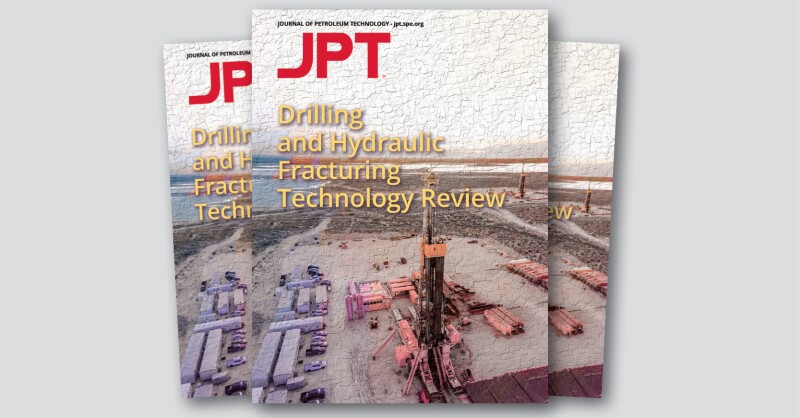
JPT Drilling and Hydraulic Fracturing Technology Review
Bold ideas, big impact. Creative thinking is reshaping unconventional development and cutting costs. Read more here.
-
SponsoredAltitude Energy Partners optimized drilling efficiency by minimizing dysfunctions and protecting downhole components. Their directional drilling team ensured consistent curves and laterals through precise BHA design, modeling, and trajectory control—reducing nonproductive time and drilling costs, and achieving a 100% improvement in efficiency by pad completion.
-
SponsoredAs operators strive to increase production under tighter budgets, traditional downhole diagnostics are falling short—too costly, complex, and time-consuming. Seismos Acoustic Friction Analysis (SAFA) offers a smarter, surface-based alternative. This white paper explores how SAFA enables real-time treatment optimization, better fracture performance, and substantial cos…
-
SponsoredElectrical submersible pumps (ESPs) are the backbone of artificial lift operations, enabling the extraction of hydrocarbons from challenging reservoirs. However, their effectiveness is often compromised by the extreme downhole environment, characterized by soaring temperatures, high pressures, and exposure to aggressive fluids.
-
SponsoredWhile WACC is frequently used as the base discount rate for corporate-level decision-making, using it as a universal discount rate for projects can result in inaccurate project valuations. Incorporating the opportunity cost of capital provides a more nuanced and accurate approach to project evaluation.
Technology Focus
Recommended for You (Login Required for Personalization)
-
Gautam Swami, manager of corporate R&D at NOV and SPE member, shares his experiences in building a career in oil and gas R&D, discusses how innovation is shaping the industry, and offers guidance to young professionals.
-
Aramco’s latest MOUs focus on driving innovation and growth across oil, gas, and downstream sectors.
-
The Norwegian technology developer is working to strengthen the value case for wired pipe through an upcoming offshore campaign with Vår Energi.
Content by Discipline
















